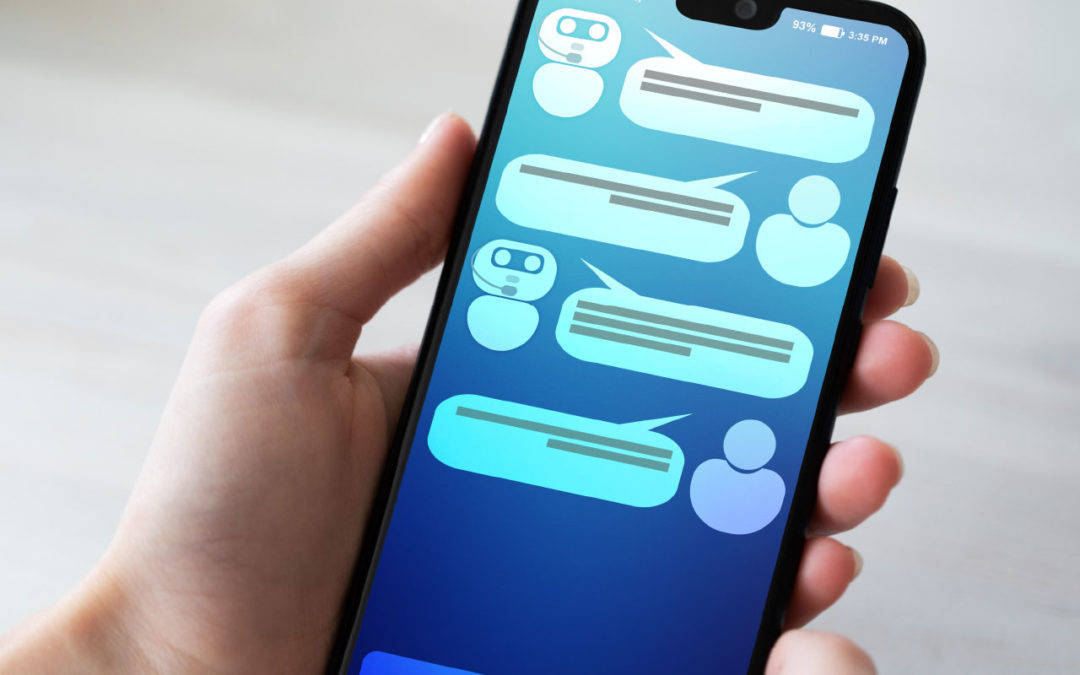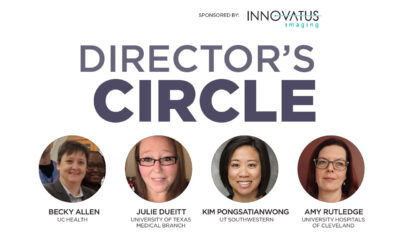
By Mark Watts
 At a conference table in a mid-sized west Texas hospital I sit down with the scheduling team. I have been working here less than a full month.
At a conference table in a mid-sized west Texas hospital I sit down with the scheduling team. I have been working here less than a full month.
“Mark, we have seen a sharp increase in patients rescheduled from your department.”
“Why?” I ask.
They reply “Lack of patient prep for the exam, not NPO, no full bladder, not clean colon are some of the reasons your technologists’ give.“
Well, who gives the pre-exam prep information? “Betty, she was on light duty as an RN due to back surgery so we assigned this work to her, she was great at it.”
“OK,” I say.
“Betty is better now and she went back to her regular job,” they say.
This important step in radiology workflow was outsourced for months and then abruptly ended. A simple task being skipped doubled our rate of rescheduled exams. How do I get a dependable solution for this problem, increase patient satisfaction and control my costs? Could I automate this process of pre-exams prep instructions? Could Betty be replaced by a chatbot?
“The advance of technology is based on making it fit in so that you don’t really even notice it, so it’s part of everyday life,” said Bill Gates while referring to the power of technology. This stands utterly accurate for advancements such as artificial intelligence-enabled chatbots, which foreshadow the future of technological advancements to come.
Artificial intelligence (AI), also referred to as machine learning or machine intelligence, is an intricate innovation smoothly gearing up to revolutionize our lives forever. The stimulation of human intelligence using contemporary computers that imitates cognitive functions is changing problem-solving. And, with cutting-edge disciplines such as AI and chatbots, researchers are leading the way to a great transformation. Apart from all other ways of demonstrating an impact, the role of AI in health care is particularly groundbreaking.
Introduction of AI in Health Care
Recently, the discussion has moved to a point where AI doctors replacing general physicians in the future is no longer startling. Even though the switch may not happen in the near future, AI in health care is definitely going to be assisting general physicians to make an evolved diagnosis. There will soon be a time when the dependency on the human mind in the health care industry will decline from its current percentage. So, it is about time we recognize and appreciate the benefits AI chatbots can bring to health care.
Super-responsive AI-enabled chatbots are presenting us with an option of a computerized medical professional with human-like conversational skills. It is not just revolutionary; it is a paradigm shift.
In the process of understanding the employment of this technology and its implications, we are sketching below a comprehensive study on how AI chatbots are revolutionizing health care.
Role of Chatbots and AI in Health Care
So, what is a chatbot? And, how exactly, can chatbots and health care be combined to save lives?A chatbot is a type of web-robotic application powered by AI that helps in running automated commands on the Internet. As the name suggests, these Internet bots are primarily used as communication tools and facilitate automated conversation by way of audio or textual messaging. Instead of depending on conversing with an individual, chatbots provide assistance in communicating between two sides with automated scripts. With low doctor-patient ratios all around the world, particularly in under-developed and developing nations, chatbots are pitched to play a major role in basic health care.
A recent study identified that, on average, a patient spends 60 minutes to reach the right doctor after arriving at a hospital. And, it takes almost 30 minutes to find the correct hospital or clinic. This is in regards to health care. A well-developed and advanced chatbot system can be used to answer any initial concerns and drastically reduce treatment time.
Moreover, being mostly a service industry, health care business largely depends on customer satisfaction and the quality of services provided. Let’s understand how AI in health care can improve customer service:
- Customer Service/Administration of Patient Engagement: Facilitating continuous interaction with patients, chatbots can drastically increase patient satisfaction and retention. Patients are provided with a tool for constant engagement resolving concerns and building confidence.
- Research/Treatment: Research and suggestive treatment are the most crucial areas where chatbots can contribute. Some of the specialties currently involved in AI-powered chatbot research include radiology, health records, imaging and telemedicine.
- Primary Care and Emergency First Aid: The main concern, above everything else, is the easy access to incorrect or misleading information, which today is just a click away. Moreover, lack of medical understanding can lead to a critical situation. Therefore, carefully developed and widely tested chatbots serve as a dependable way of providing primary care and emergency first aid.
- Answering FAQs: Chatbots are good listeners with aptly programmed responses. So, the concern of not addressing any of the patient’s questions or even giving a half-baked response is eliminated. Bots can be programmed to address different FAQs related to different medical conditions in a much more responsible way.
- Dispensers of Drug Information: Any medical professional can be missing out on the latest important drug information, which can be extremely crucial for deciding the treatment process. AI-enabled chatbots can be discreet in revealing significant drug information to doctors and work as a virtual junior resident.
- Faithful Assistant in the Pocket: Most bots available for the general user are capable of working as a personal medical assistant. These bots can assist in scheduling medical appointments, send health reminders, administer test results and provide medication refill reminders.
- Remote Patient Monitoring: Monitoring preoperative and postoperative patients is one of the trickiest parts of the recovery process. Although nothing can match human-like assistance, there are times that chatbots can be better at continued observation. These are some of the most noteworthy aspects of incorporating them in health care.
WelTel Incorporated from Vancouver, Canada is doing some innovative work in this space. Dr. Richard Lester and his team are using AI to act as a health care force multiplier allowing four nurses the ability to monitor and service 500 AIDS patients. Keeping them on medication and allowing them to connect in a timely manner to caregivers.
Betty and her back are better. I would urge you to investigate the options of AI-driven chatbots as a possible solution for pre-exam instructions and patient engagement.
Mark Watts has over 20 years as an imaging professional with vast expertise in imaging informatics and IT issues. He has served in many roles in both hospitals and industry as a health care vice president, imaging director, and IT consultant. His knowledge and experience in the convergence of IT and imaging has made him a sought after author, speaker and consultant. He has authored a textbook on informatics and was a pioneer in the adoption and development of PACS and VNA technologies.








